Deck & Commander Strategies
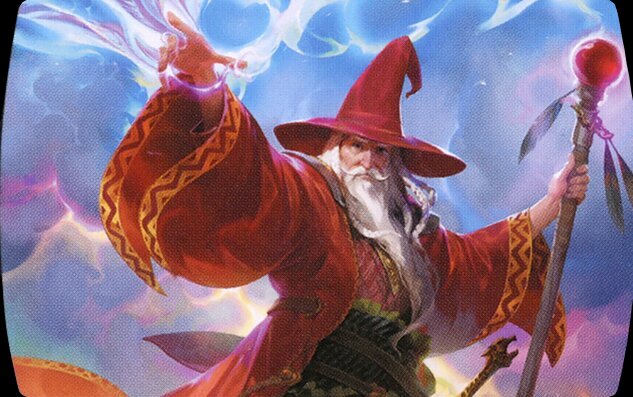
Elminster
This deck likely focuses on utilizing spells and abilities to control the board and manipulate the game in their favor.
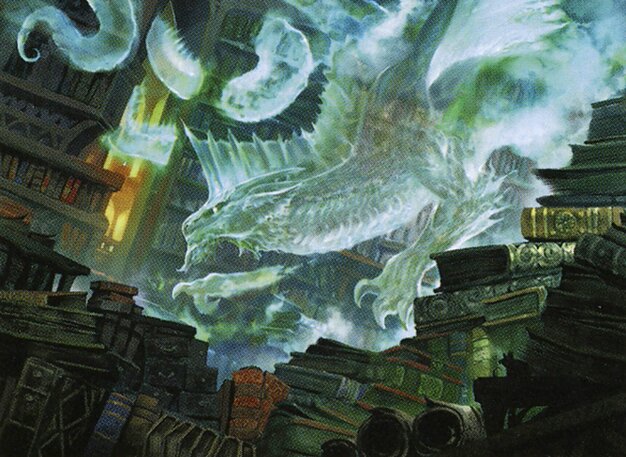
Miirym, Sentinel Wyrm
This deck seeks to capitalize on dragon synergies, with a potential focus on landfall triggers.

Ramos, Dragon Engine
This deck probably aims to play multi-colored spells to add +1/+1 counters on Ramos, and remove those counters to add mana and cast larger spells.
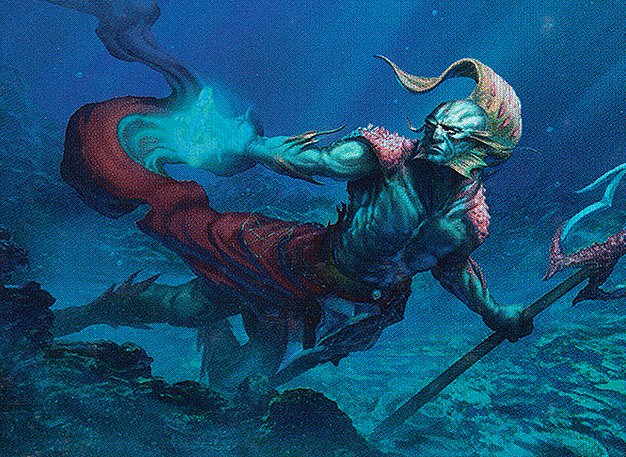
Thrasios, Triton Hero
This deck likely uses Thrasios’s ability to scry and draw cards, maintaining card advantage and ramping up with extra lands.
Sakashima
This deck aims to leverage Sakashima's copy ability to duplicate powerful creatures on the board, creating multiples of potent threats or beneficial effects.
Gameplay Insights
- 1
The early Wrath of God play was pivotal, resetting the board state and providing a clean slate for subsequent turns.
- 2
The use of Mirriam, Sentinel Wyrm and Sakashima demonstrated a strong synergy, creating multiple copies of powerful creatures.
- 3
The counterspells played during the game highlighted the importance of timing, as they had the potential to disrupt key plays and shift the momentum of the game.
Notable Cards
-
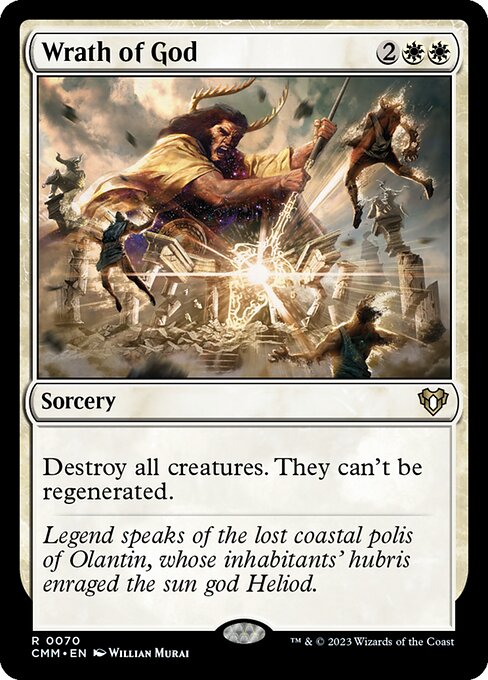
Wrath of God
-

Counterspell
-
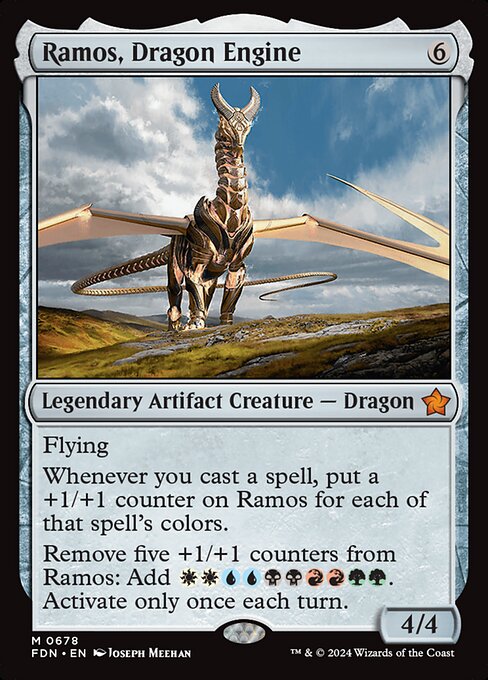
Ramos, Dragon Engine
Gameplay Summary
This gameplay saw a variety of strategies from each player, with a focus on synergy between commanders and decks.
Early in the game, one of the players cast a Wrath of God, clearing the board and setting the stage for subsequent plays.
There were numerous instances where each player's deck synergies came into play, notably with the use of cards such as Mirriam, Sentinel Wyrm, and Sakashima.
The game also featured a few counter spells which shifted the game's tempo, adding an extra layer of complexity.
In the end, it was a combination of strategic decision-making, board wipes, and well-timed card plays that led to the game's conclusion.





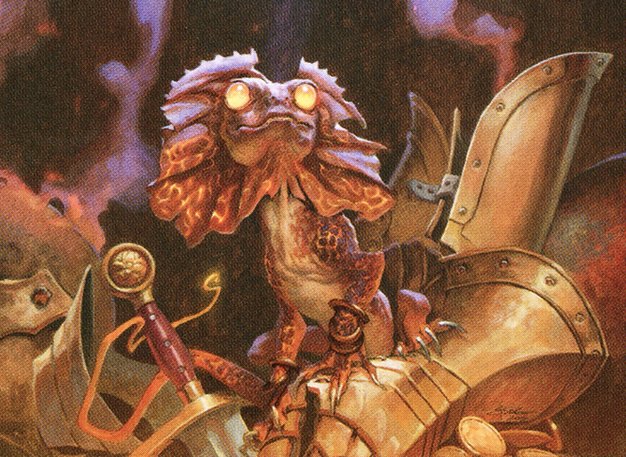

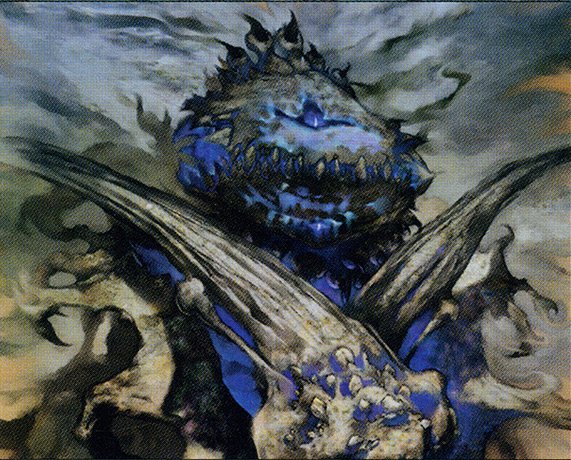

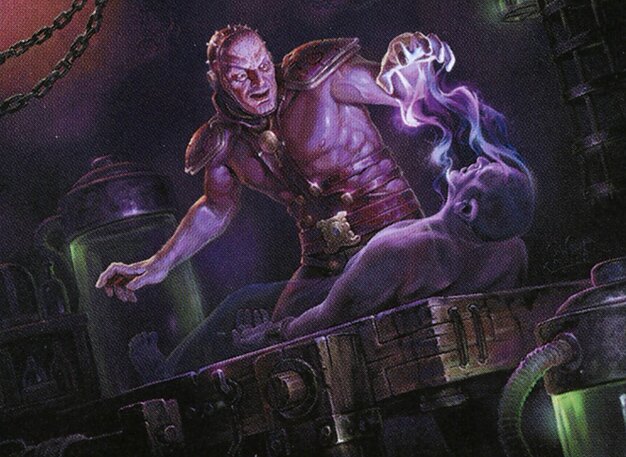

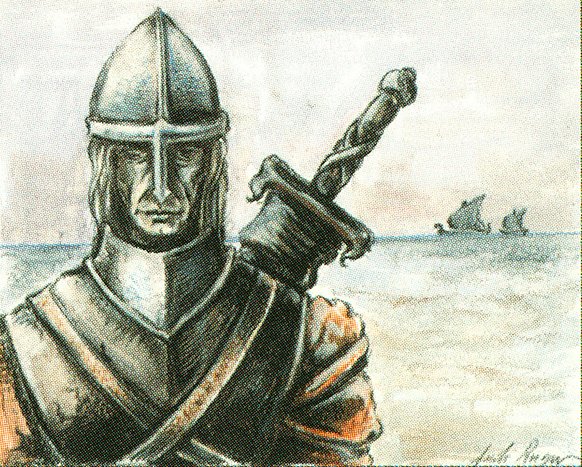

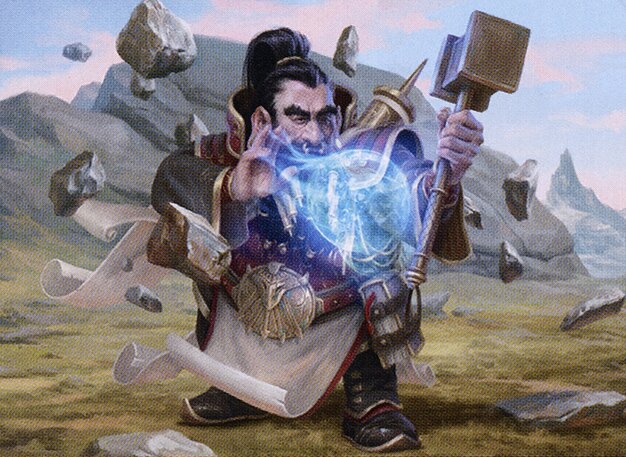




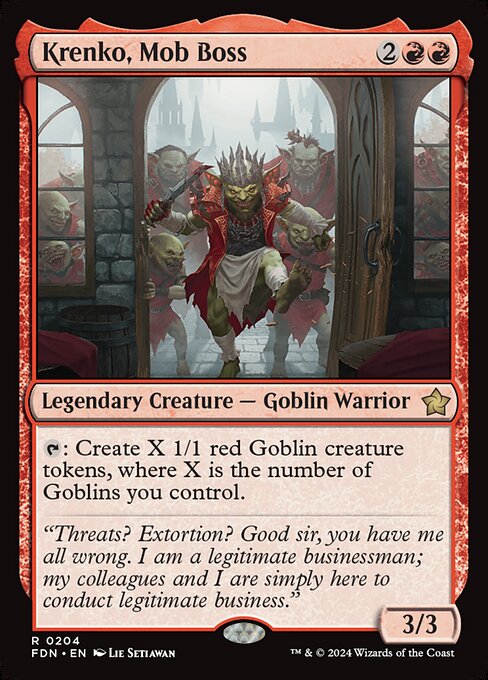


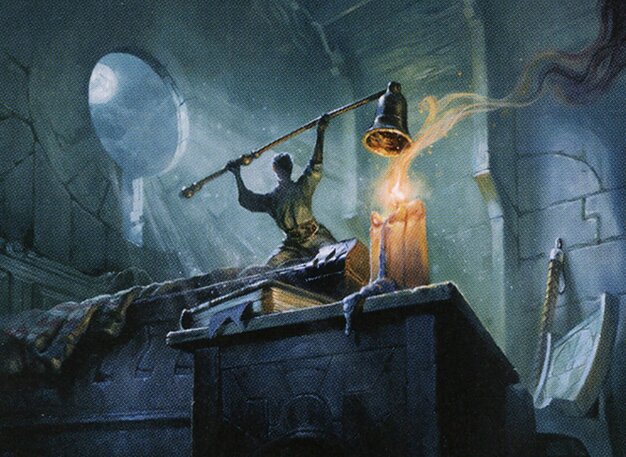


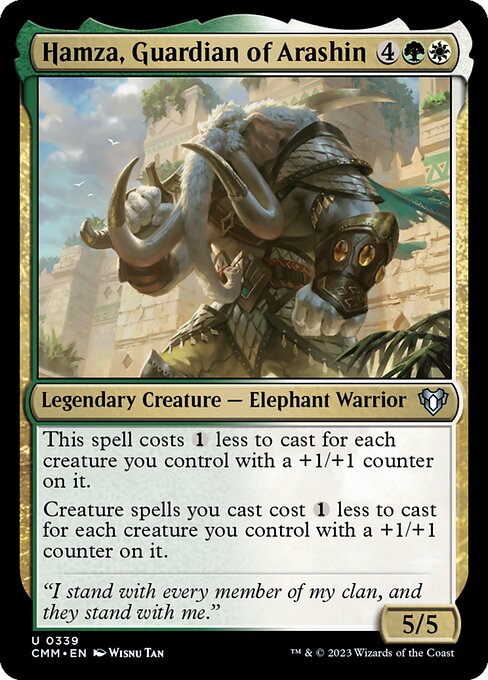
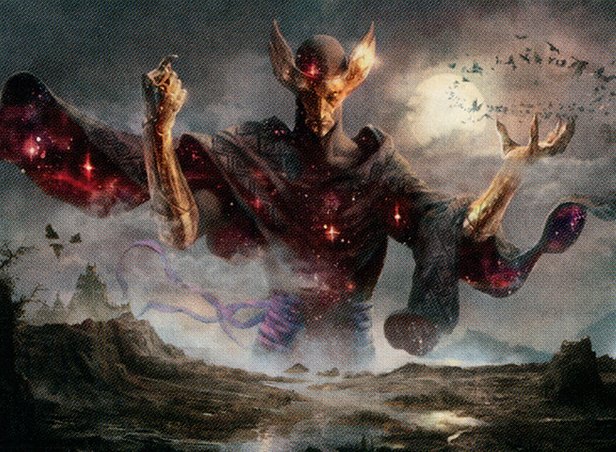

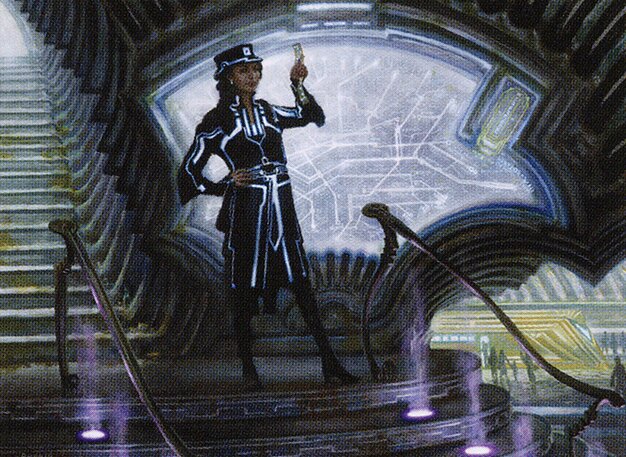

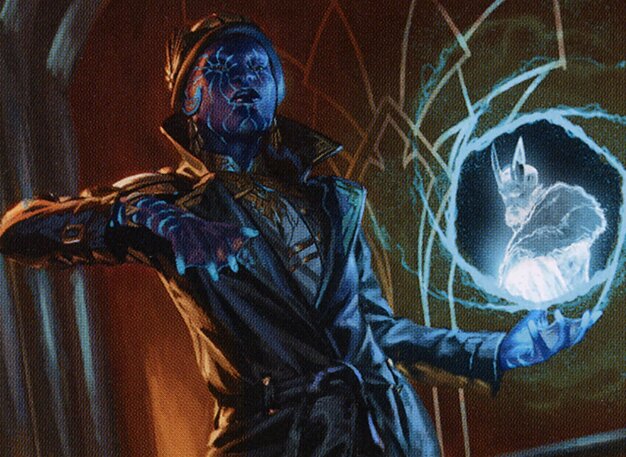












![Getting Bullied [Commander VS 290] | Magic: The Gathering Commander Gameplay thumbnail](https://i.ytimg.com/vi/nr6oROksAM8/sddefault.jpg)






















![Background Commanders of Baldur's Gate [Commander VS 296] | Magic: the Gathering Commander Gameplay thumbnail](https://i.ytimg.com/vi/CU3M2edNQOY/sddefault.jpg)







































![Commanders of Baldur's Gate Showcase [Commander VS 297] | Magic: the Gathering Commander Gameplay thumbnail](https://i.ytimg.com/vi/Z5TTX2J1LjQ/sddefault.jpg)













































